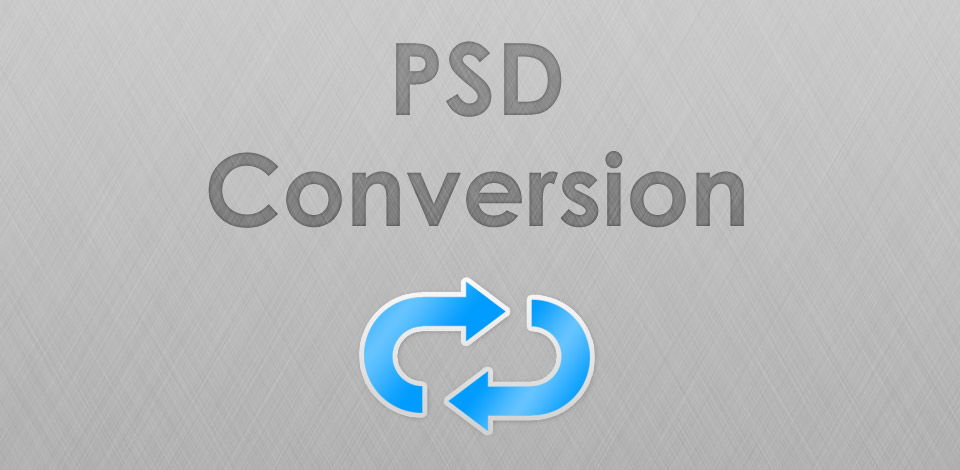PSD Conversion – The Rule of Hand-Coded Design
These days, most company, regardless of size or market, have their own website to uphold their online presence. In order to be more “attractive” the use vivid graphics, video contents and other important aspect of web design must be carefully laid out. In most cases, the use of Photoshop data is one of the most highly coveted platforms for excellent design. For these data to be recognized by the unique coded mark-up of the internet, the use of a “converter” is essential to generate a website design that is easily accessed by net users and this where the role of PSD to HTML conversion system comes in. For a website to be understood by the unique coding of the online structure, Photoshop data are chopped or sliced with understandable semantic codes for easy comprehension. Though largely used by various professional designers, there is one type that can thoroughly deliver the results it need. Only through handcoding efforts will important aspects of the initiative be reached.

Valid W3C Conversion
The worldwide web consortium, commonly known as W3C, usually imposes stringent rules and guidelines in the development of well-structured website. It has stipulated standards on web designs, architecture and applications, semantic web structure, XML technology, mobile web technology, browsers and authoring tools and various other aspects of complex web systems. Its mission is to guide the worldwide web to be developed in its full potential to guarantee its long-term and sustainable growth. It is built upon a “One Web” mission and as a website owner you need to adhere to such standards for your website to be recognized by the various online channels. Expert web designers know that the use of ethical PSD to XHTML or plain HTML codes must be applied to pass as an ethical website fully recognized by stipulated web standards. Some automated conversion, however, are too erroneous in nature. Only through proper human-coded conversion will one guarantee that all aspects of the standardization are addressed upon.
Lightweight Layout
Another concern that most web owners and developers, blog site owners and so on is that most intricate web layouts usually take minutes to launch. Users these days wanted everything to be fast, convenient and easy. Such is the reason why handcoded PSD to WordPress, XHML, Drupal, Joomla and other CMS structure are being developed, that is, to provide a lightweight clean layout that will only take a hoodwink to launch. When websites are easier to launch and elaborately containing unique and quality design and content, one can be sure of increase returns and conversion factors.
Cross-Browser Compatibility
Of course, not all computers use only one type of browser. MAC users only have Safari while Windows system often have a slew of browsers like Firefox, IE, Opera, Google Chrome, Comet Bird and so on. Having a website that is efficiently hand-coded to run on any of these websites at any given time in the fastest way possible would definitely mean more positive reviews and returns to the web owner or developer.
When it comes to hand-coded PSD conversion techniques, the name XHTMLChop dominates the arena. With an SEO-friendly semantic mark-p and lightweight table-less CSS layout, it aims to provide its clients and long list of patrons continued support and services in providing a 100% satisfaction-guaranteed website design that can run on all browser in the shortest launching time possible. With a 60-day round-the-clock technical support and reliable feedback services, business are guaranteed a long-standing website that will help rake in more interest from its intended audiences.
- Comments
- Leave a reply
